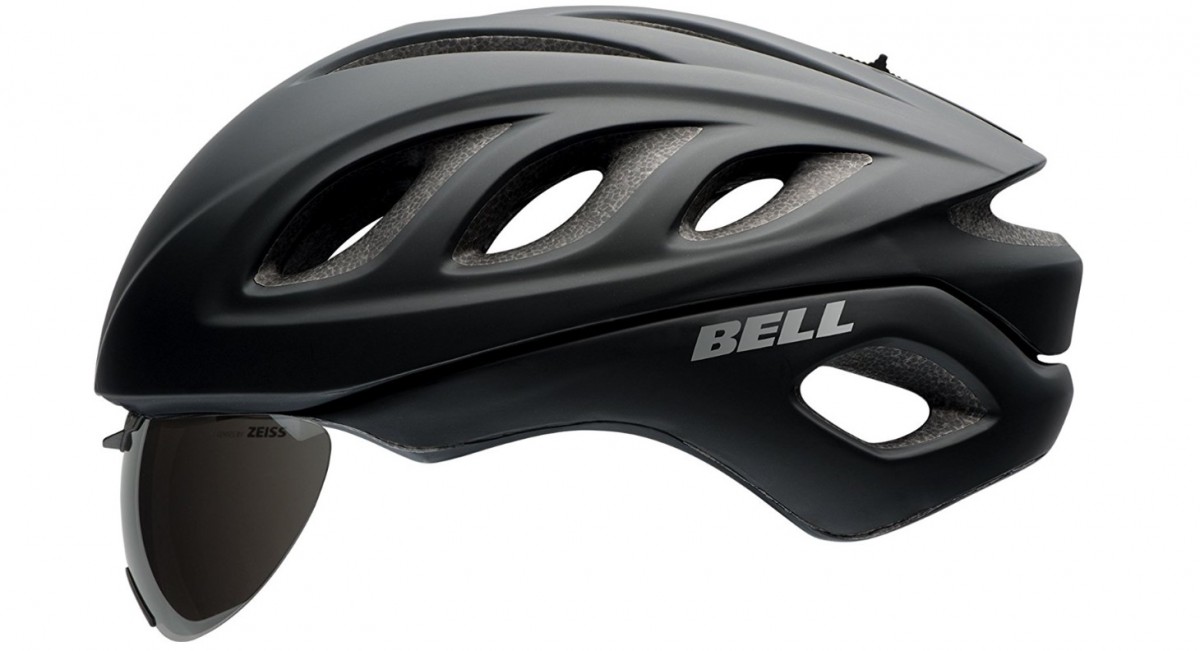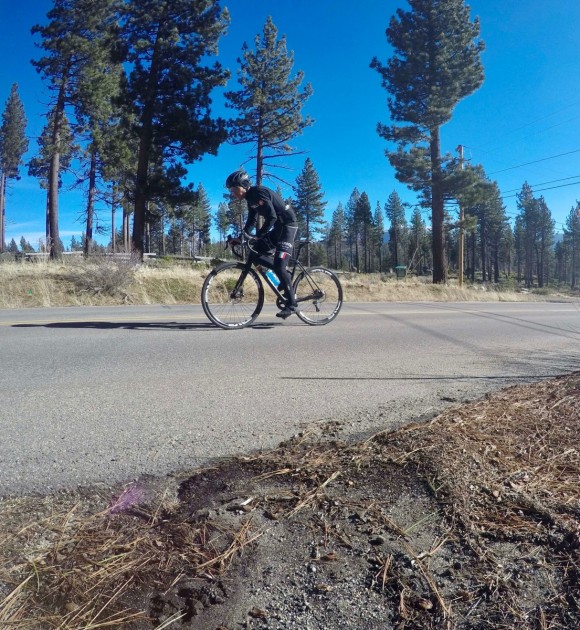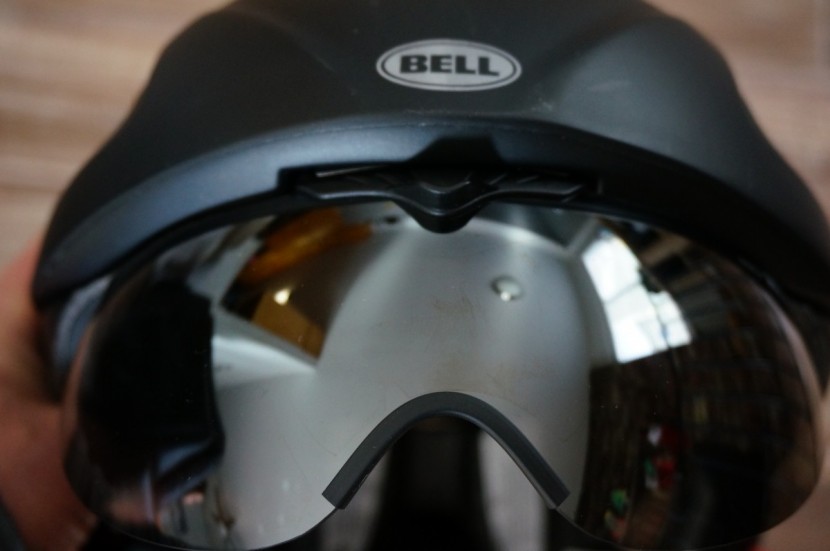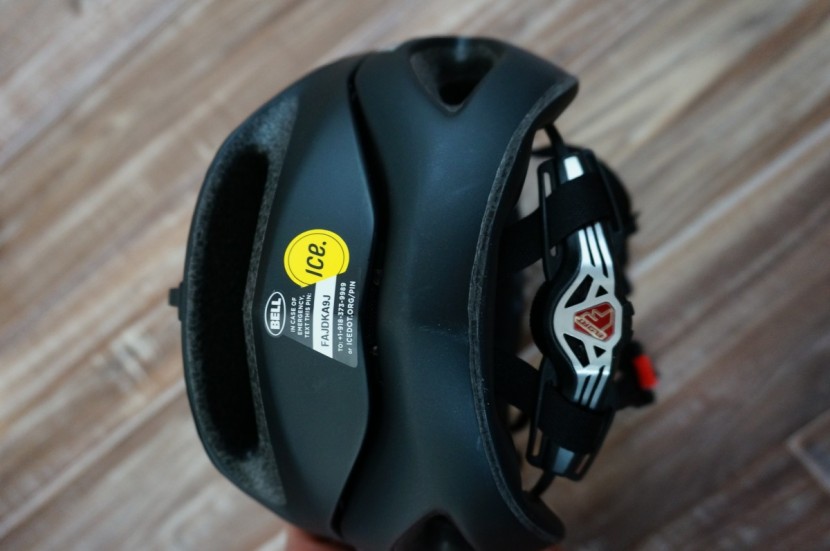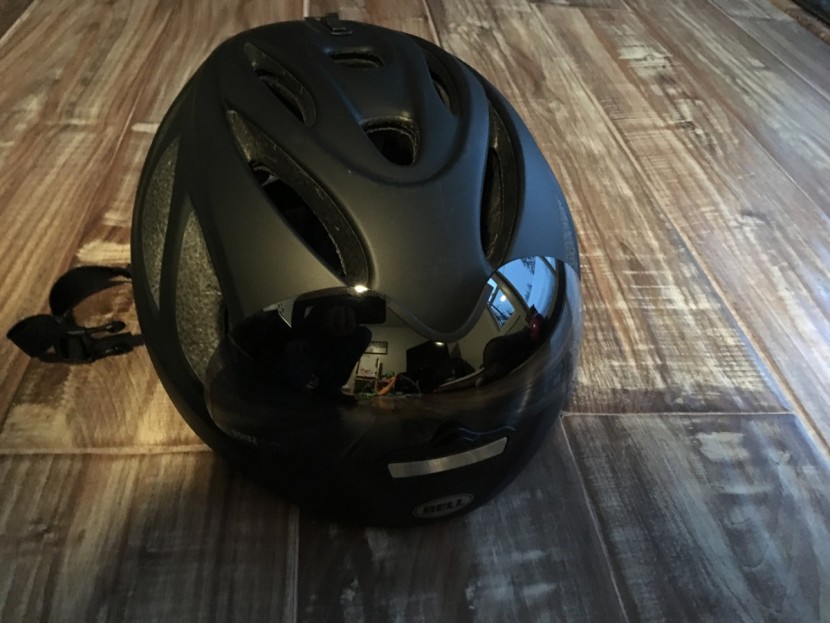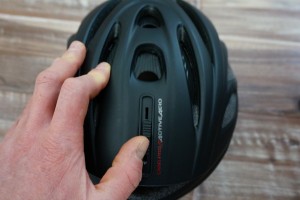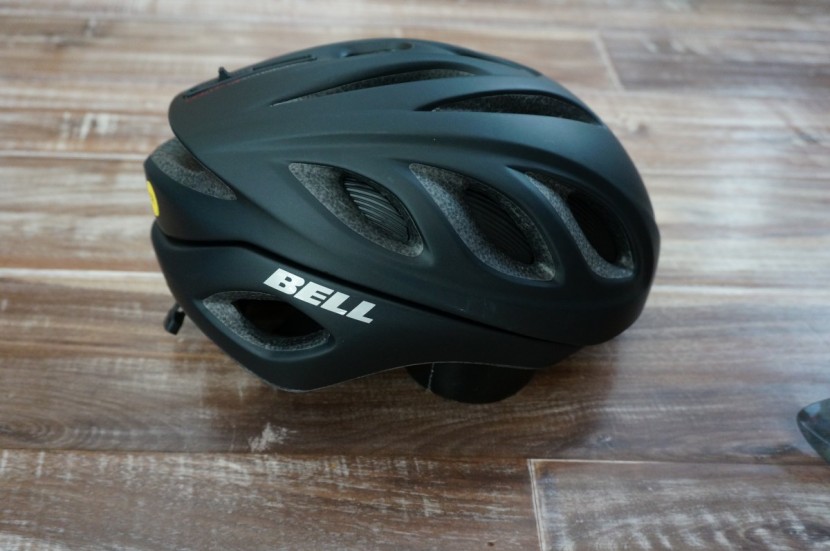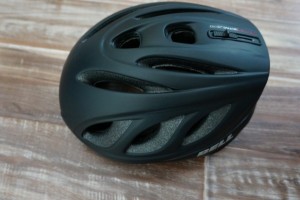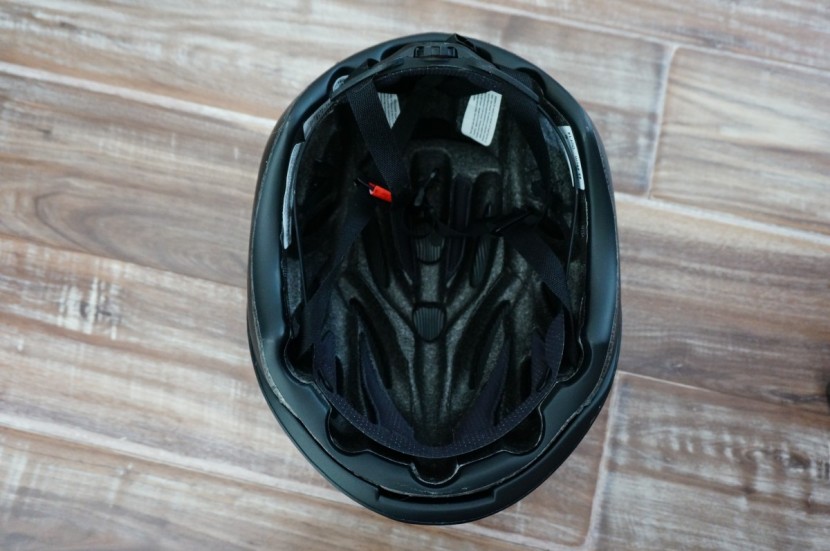Bell Star Pro Review
Our Verdict
Our Analysis and Test Results
Comfort
The Star Pro is the lowest scoring helmet we tested for comfort. Our low score is primarily a reflection of the Float Fit system. Lack of fore and aft adjustment makes positioning the rear portion of the retention band in a comfortable position very difficult. In addition, the anchor points for the retention system are positioned outside of the padding and they push uncomfortably against the head.
Adjustability
Bell uses what they call the Float Fit system on the Star Pro. It differs from the fit system used on the Bell Gage in that it does not have a wide range of fore and aft adjustment. Essentially, the circumferential fit band is designed to float up and down to accommodate different head shapes, kind of a one size fits all approach. In practice it does not work, and unless you get lucky and have the perfect head shape, you will likely suffer with comfort issues due to lack of adjustability. The Y-buckles also differ in design to what is found on the Bell Gage and Bell Overdrive. They are adjustable, but they are much larger and extremely difficult to adjust.
The Star Pro comes with a really cool looking set of Zeiss lenses. The lenses slide into a slot on the front of the helmet brim and a magnet holds them in place. Unfortunately, the position and height of the lens is not adjustable. The fixed position of the lens is such that the lower border of the lens is constantly in view and is distracting at best but also has the potential to be dangerous, depending on head position, as it can impair vision. To be fair, some of our testers liked the lens and it fit them well. You may get lucky and have the anatomical features that put it in the perfect position.
Weight
The Bell Star Pro is relatively lightweight. Without lenses, the Star Pro weighs 280 grams, and is lighter than the POC Octal Aero. The Bontrager Ballista is our Top Pick for aero helmets and it weighs 266g. The Star Pro finishes in the middle of the aero helmets we tested.
Looks and Design
Opening the Active Aero system is as easy as reaching up and sliding the lever that is on the top of the helmet. Bell also includes an ICEDOT sticker on the helmet. The sticker has a unique pin number that can be activated on their website. If you have an accident and somebody sees the sticker, they can text the pin number to ICEDOT and they will notify your preselected emergency contact. Cool idea, but the sticker is on the outside of the helmet and could get ripped off or damaged in a crash. It would be nice if they doubled up and put one on the inside of the helmet as well.
The integrated lens design is a neat feature, but could benefit from a more adjustable mounting system. There is a magnet under the polycarbonate shell that holds the lens on the outside of the helmet when not in use. Bell also includes a drawstring style soft storage bag for the helmet and a separate soft storage bag for the Zeiss lenses.
Ventilation
The vents on the top and rear of the helmets can be closed or opened using the Active Aero lever on the top of the helmet. The increase in airflow with the vents opened vs. closed is noticeable, but provides minimal cooling. Open or closed, the Star Pro is not a well-ventilated helmet. If you spend a lot of time riding in the cold then perhaps this would not be an issue for you, but it certainly detracts from the helmets versatility. The Bontrager Ballista is a night and day difference to the Star Pro; it provides excellent ventilation for an aero helmet.
Durability
The Star Pro scores an 8/10, due to its extensive use of polycarbonate material to cover and protect the EPS foam. The only exposed EPS is located in the vents, where it is not prone to damage. All other components of the helmet also proved to be durable during testing. Our only complaint is that the Active Aero sliding mechanism is prone to getting bound up with dirt and is very difficult to clean out. We got mud in the vent closure system while using the helmet for cyclocross. If you plan to only use the helmet for road riding, this would likely not be an issue.
Best Applications
The Star Pro is best suited to road racing in cool to cold conditions.
Value
The Star Pro is expensive, with a retail price of $280. If the lenses work for you, then you can consider that it saves you from needing to buy sunglasses. Unfortunately, other aero helmets we tested performed much better than the Star Pro, and are substantially cheaper. The Star Pro does not represent a good value.
Conclusion
The Bell Star Pro is an innovative aero road helmet with a unique ventilation system that can be opened and closed. We applaud out-of-the-box thinking, but the Star Pro falls short of top rated aero helmets like the Bontrager Ballista, in performance.


